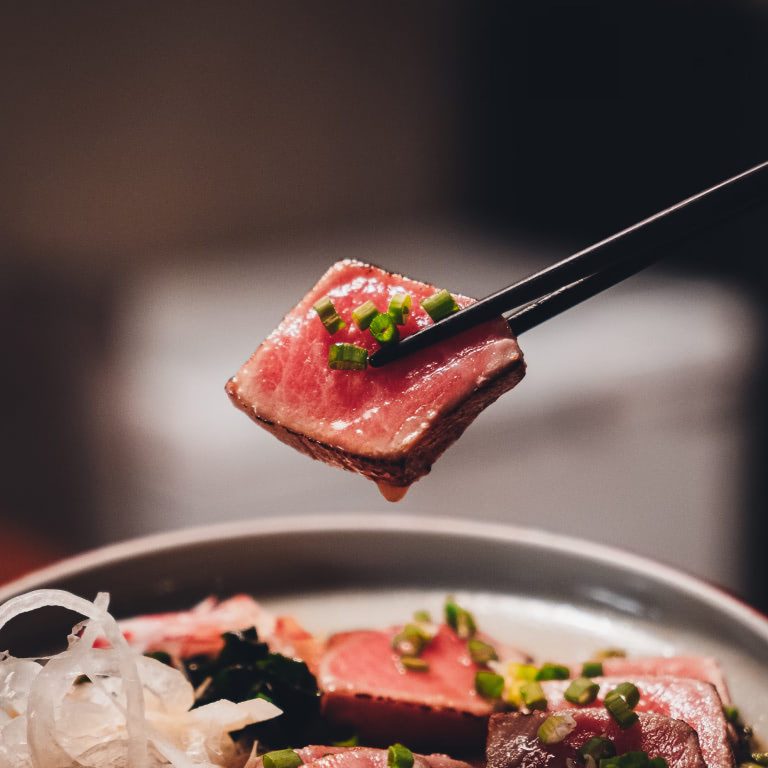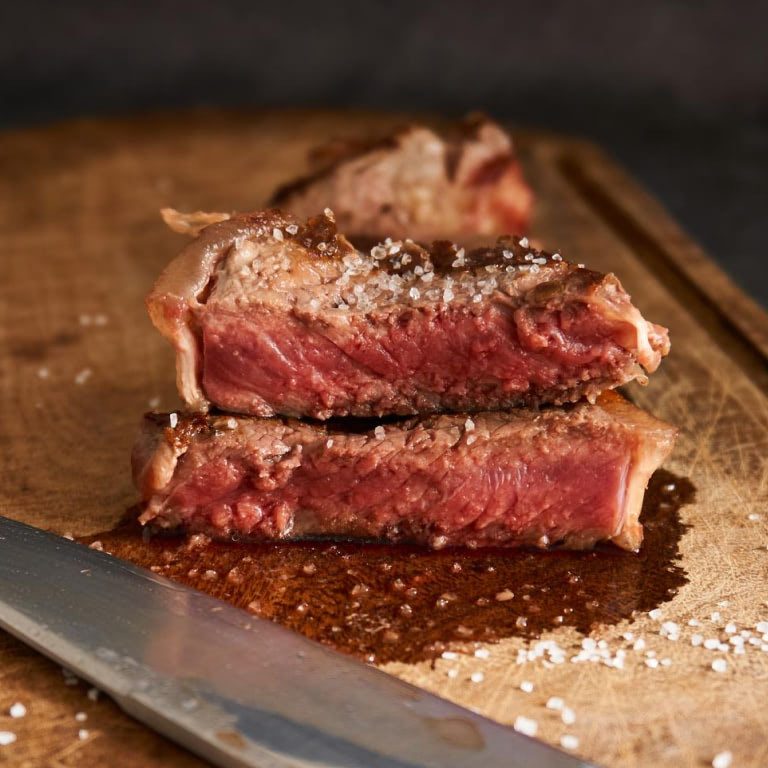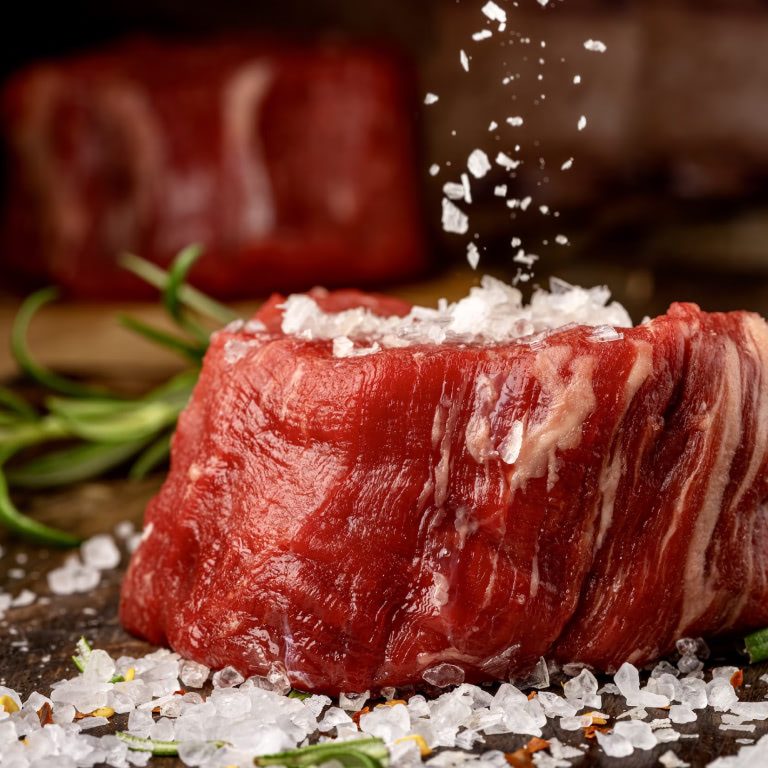The Diverse Regional Cuisines of India
India’s culinary landscape is a rich tapestry woven from the diverse regional cuisines that span its vast geography. Each region in India offers a unique gastronomic experience, deeply influenced by its climate, geography, and cultural heritage. From the robust, hearty dishes of Punjab to the aromatic and coconut-rich flavors of Kerala, Indian cuisine is a celebration of diversity.
In Punjab, the cuisine is characterized by the generous use of dairy products like ghee, butter, and cream, resulting in rich and flavorful dishes such as butter chicken, tandoori chicken, and dal makhani. Punjabi food is often cooked in a tandoor, a traditional clay oven, which imparts a distinct smoky flavor to the meats and bread.
Moving south to Kerala, the cuisine takes a different turn with an emphasis on seafood, rice, and coconut. The state’s coastal geography ensures a plentiful supply of fresh fish, which is often cooked with a blend of spices, tamarind, and coconut milk. Signature dishes like fish moilee and appam with stew exemplify the harmonious blend of ingredients typical of Keralite food.
In Gujarat, vegetarianism is prevalent, influenced by the region’s Jain and Vaishnav traditions. Gujarati cuisine is known for its sweet, salty, and spicy flavor profile. Staples include dishes like dhokla, a steamed fermented rice and chickpea flour cake, and thepla, a type of spiced flatbread.
Bengali cuisine, from the eastern part of India, is distinguished by its love for fish and rice. Mustard oil and panch phoron, a five-spice blend, are integral to the cooking process, adding a unique depth of flavor to dishes like macher jhol (fish curry) and shorshe ilish (hilsa fish in mustard sauce).
Each of these regional cuisines incorporates a distinct blend of spices and cooking techniques, which are often passed down through generations. The use of traditional methods such as slow-cooking, steaming, and fermenting is prevalent across Indian culinary traditions, ensuring that the flavors are deeply embedded in the food.
Indian restaurants worldwide strive to represent these regional cuisines authentically, while also adapting to local tastes. This adaptive approach helps maintain the essence of traditional recipes while making them accessible and appealing to a global audience.
The Dining Experience in Indian Restaurants
The dining experience at Indian restaurants is a harmonious blend of sensory delights and rich cultural traditions. As you step into an Indian restaurant, you are often greeted by a warm and inviting ambiance that reflects the country’s diverse heritage. The decor typically includes vibrant colors, intricate patterns, and traditional art pieces that transport diners to the heart of India. Elements such as handwoven textiles, brass utensils, and ambient lighting add to the authenticity, creating an atmosphere that is both exotic and comfortable.
The structure of a meal at an Indian restaurant is designed to offer a comprehensive culinary journey. It usually begins with a selection of appetizers, ranging from crispy samosas to flavorful pakoras. These starters set the stage for the main courses, which often include a variety of curries, biryanis, and tandoori items. Each dish is a delicate balance of spices, offering a taste experience that is both complex and satisfying. Sides such as naan, roti, and rice are essential to the meal, providing the perfect accompaniment to soak up the rich gravies and sauces.
Desserts in Indian cuisine are a celebration in themselves, with offerings like gulab jamun, rasmalai, and kheer providing a sweet conclusion to the meal. Beverages also play a significant role, with traditional options like masala chai and lassi being perennial favorites. Many Indian restaurants have also started to offer Indian-inspired cocktails, adding a modern twist to the traditional dining experience.
Hospitality is a cornerstone of Indian culture, and this is evident in the service at Indian restaurants. Waitstaff are often attentive and courteous, ensuring that diners feel welcomed and well-taken care of. This emphasis on hospitality enhances the overall dining experience, making it not just about the food, but also about the warmth and generosity of Indian culture.
Indian restaurants strive to create a memorable dining experience that engages all the senses. From the aromatic spices wafting through the air to the vibrant visual decor and the melodious background music, every element is carefully curated to provide an immersive cultural experience. This holistic approach ensures that dining at an Indian restaurant is a journey of discovery, offering more than just a meal, but a rich tapestry of flavors, sights, and sounds that linger long after the last bite.












You are my aspiration, I own few web logs and infrequently run out from to brand : (.
You actually make it seem so easy with your presentation but I find this matter to be really something which I think I would never understand. It seems too complex and extremely broad for me. I am looking forward for your next post, I will try to get the hang of it!
I am always browsing online for tips that can help me. Thanks!
Its excellent as your other blog posts : D, thanks for putting up.
But wanna input that you have a very nice internet site, I like the design it really stands out.
Hi! Quick question that’s completely off topic. Do you know how to make your site mobile friendly? My weblog looks weird when viewing from my iphone. I’m trying to find a template or plugin that might be able to correct this issue. If you have any suggestions, please share. Appreciate it!
Very interesting details you have remarked, regards for putting up. “Great is the art of beginning, but greater is the art of ending.” by Henry Wadsworth Longfellow.
I enjoy your writing style truly loving this site.
I intended to write you the very small observation to say thank you over again on your pleasant tips you have shared on this page. This is quite surprisingly generous with you to offer easily all a few individuals would’ve made available as an electronic book to end up making some cash for themselves, chiefly seeing that you might well have done it if you desired. Those basics as well acted to be the fantastic way to know that other people online have the identical dream like my very own to realize very much more with regard to this problem. I know there are millions of more pleasurable occasions ahead for folks who looked at your blog.
Hey! I know this is kind of off topic but I was wondering if you knew where I could find a captcha plugin for my comment form? I’m using the same blog platform as yours and I’m having problems finding one? Thanks a lot!
Hello, i think that i noticed you visited my site so i got here to “go back the want”.I am trying to find issues to enhance my site!I guess its good enough to make use of a few of your ideas!!
Το Κέντρο Αδειών Οδήγησης, παρέχει γρήγορες, διακριτικές και αξιόπιστες υπηρεσίες για να σας βοηθήσει να αποκτήσετε το διαβατήριό σας, την άδεια σκάφους, την άδεια οδήγησης χωρίς το άγχος των εξετάσεων https://yourglobaldocuments.com/ είναι το καλύτερο για εσάς.
Sie sind am richtigen Ort für Ihren registrierten Führerschein und Bootsführerschein und alle https://permisdeconduceres.com/de/ ist das Beste für Sie
Jste na správném místě, pokud jde o váš registrovaný řidičský průkaz a průkaz na řízení lodi, a celý https://permisdeconduceres.com/ je pro vás to nejlepší.
It?s arduous to seek out educated folks on this subject, but you sound like you know what you?re talking about! Thanks
Some genuinely nice stuff on this site, I like it.
Its like you read my mind! You appear to know a lot about this, like you wrote the book in it or something. I think that you could do with a few pics to drive the message home a bit, but instead of that, this is excellent blog. A fantastic read. I’ll definitely be back.
whoah this blog is excellent i like reading your posts. Stay up the great paintings! You recognize, lots of individuals are looking round for this info, you could help them greatly.
affordablecanvaspaintings.com.au is Australia Popular Online 100 percent Handmade Art Store. We deliver Budget Handmade Canvas Paintings, Abstract Art, Oil Paintings, Artwork Sale, Acrylic Wall Art Paintings, Custom Art, Oil Portraits, Pet Paintings, Building Paintings etc. 1000+ Designs To Choose From, Highly Experienced Artists team, Up-to 50 percent OFF SALE and FREE Delivery Australia, Sydney, Melbourne, Brisbane, Adelaide, Hobart and all regional areas. We ship worldwide international locations. Order Online Your Handmade Art Today.
Thanks a bunch for sharing this with all of us you actually know what you are talking about! Bookmarked. Kindly also visit my site =). We could have a link exchange arrangement between us!
What i don’t understood is in reality how you are not actually a lot more smartly-appreciated than you might be right now. You are very intelligent. You realize thus considerably relating to this subject, produced me in my opinion consider it from numerous various angles. Its like men and women are not fascinated until it’s something to do with Lady gaga! Your individual stuffs great. At all times deal with it up!
I do trust all the ideas you have offered for your post. They’re really convincing and can certainly work. Still, the posts are too brief for novices. May just you please lengthen them a bit from subsequent time? Thank you for the post.
Hey there! Quick question that’s entirely off topic. Do you know how to make your site mobile friendly? My weblog looks weird when viewing from my iphone4. I’m trying to find a template or plugin that might be able to resolve this issue. If you have any suggestions, please share. Appreciate it!
Terrific paintings! That is the kind of information that should be shared around the net. Shame on the seek engines for not positioning this put up higher! Come on over and discuss with my web site . Thank you =)
Do you mind if I quote a few of your posts as long as I provide credit and sources back to your blog? My website is in the exact same niche as yours and my visitors would genuinely benefit from a lot of the information you provide here. Please let me know if this okay with you. Thank you!
This really answered my drawback, thanks!
Fantastic beat ! I would like to apprentice while you amend your site, how can i subscribe for a blog site? The account aided me a acceptable deal. I had been a little bit acquainted of this your broadcast offered bright clear concept
Just desire to say your article is as surprising. The clearness for your publish is just nice and i could suppose you’re knowledgeable on this subject. Well along with your permission allow me to take hold of your feed to keep updated with approaching post. Thank you a million and please carry on the rewarding work.
My spouse and I stumbled over here from a different web address and thought I should check things out. I like what I see so i am just following you. Look forward to checking out your web page again.
My brother suggested I might like this website. He was entirely right. This post actually made my day. You can not imagine just how much time I had spent for this information! Thanks!
New88 đúng kiểu nhà cái dành cho người chơi thật – game đa dạng, app mượt, nổ hũ còn vui hơn xem bóng đá.
Another important aspect is that if you are an elderly person, travel insurance regarding pensioners is something you must really take into account. The mature you are, a lot more at risk you happen to be for making something undesirable happen to you while overseas. If you are not really covered by quite a few comprehensive insurance policy, you could have quite a few serious complications. Thanks for revealing your suggestions on this web blog.
Howdy! Someone in my Myspace group shared this site with us so I came to look it over. I’m definitely loving the information. I’m book-marking and will be tweeting this to my followers! Wonderful blog and brilliant design and style.
**mindvault**
mindvault is a premium cognitive support formula created for adults 45+. It’s thoughtfully designed to help maintain clear thinking
**mind vault**
mind vault is a premium cognitive support formula created for adults 45+. It’s thoughtfully designed to help maintain clear thinking
Way cool, some valid points! I appreciate you making this article available, the rest of the site is also high quality. Have a fun.
Thanks for your tips on this blog. One thing I would want to say is the fact that purchasing consumer electronics items over the Internet is nothing new. In fact, in the past 10 years alone, the marketplace for online electronic products has grown a great deal. Today, you will find practically any kind of electronic tool and tools on the Internet, from cameras along with camcorders to computer pieces and video games consoles.
**breathe**
breathe is a plant-powered tincture crafted to promote lung performance and enhance your breathing quality.
You can definitely see your enthusiasm within the paintings you write. The world hopes for even more passionate writers such as you who aren’t afraid to say how they believe. All the time follow your heart.